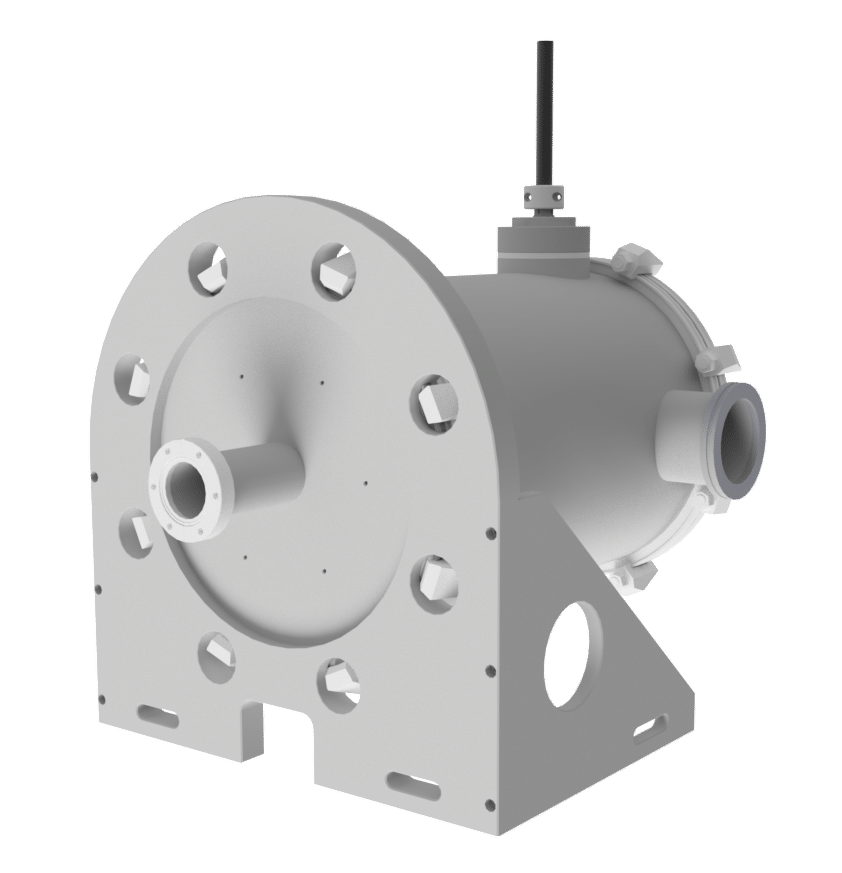DC Photogun

In the 100 kV DC electron gun voltages up to 100 kV can be applied across a diode consisting of a flat copper cathode and a copper anode with a hole, which are separated by 1 cm. The high voltage is applied through a very compact HV feedthrough. At 100 kV this results in a DC electric field of 12 MV/m on the cathode surface. Ultrashort electron bunches can be generated by photoemission with 266 nm femtosecond laser pulses, the 3rd harmonic of the 800 nm Ti-sapphire wavelength. The electron bunches are typically created by front illumination of a bulk copper cathode through the hole in the anode, using the laser incoupler component, but back illumination is also possible by using a glass cathode on which a thin (10-20 nm) layer of copper, silver or gold has been deposited. Using front illumination of a bulk copper cathode, a 1 μJ 266 nm laser pulse is sufficient to generate a 1 pC electron bunch. Directly on the exit of the 100 kV DC electron gun a magnetic solenoid lens is mounted to collimate the electron bunch, which undergoes a strong Coulomb expansion at typical bunch charges (0.01-1 pC).The 100 kV DC Electron Gun is the source of ultrashort electron bunches in our Crystallography system. The photogun includes the 100 kV supply necessary for operating the gun.
FEATURES
- High field gradient
- Robust
- High vacuum compatible
SPECIFICATIONS
| Maximal field strength | 12.3 MV/m |
| Maximal potential | 100 kV |
| Accelerator gap | 11.4 mm |
| Anode radius | 8 mm |
| Leak rate | < 1E-7 mbar/ls |


















